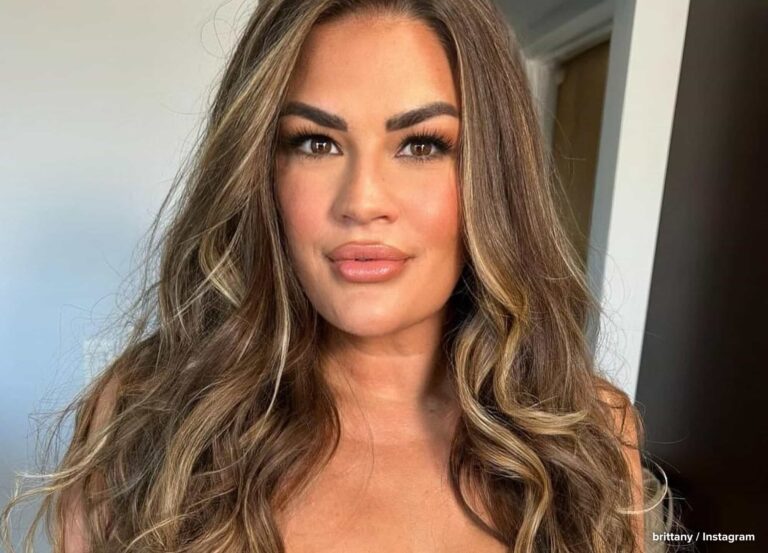When it comes to anything that involves an incision—so, most plastic surgeries—anesthesia is a given. Not many people are interested in experiencing pain, even if it’s for the sake of a procedure they’ve been wanting for a while. If anything, discomfort can be the barrier for some surgeries—both during and after.
General anesthesia, in which you’re totally asleep, is popular for that reason. Plus, if you’re squeamish or tend to get anxious, it prevents any noises or sensations from freaking you out. However, it’s “accompanied by all the expense and side effects,” says Dr. Bruce Moskowitz, a board-certified oculoplastic surgeon in New York City. And in some cases, it’s just not necessary to guarantee comfort. The next step down from general anesthesia is twilight sedation, in which you’re conscious and breathing without assistance. But often, local anesthesia can be enough to do the trick, and can actually be preferable depending on the surgery in question. Here, six popular procedures that are commonly done under local anesthesia.
Liposuction
For certain areas of the body, liposuction is fair game for local anesthesia. The ideal location is small, superficial, and singular—arms, double chin, and pockets of fat around the thighs all work well; the stomach less so. Superficial fat in those smaller areas is generally easier to remove, too. “The targeted fat is located under the skin and can be removed without aggressive suction, so there is a low chance of encountering significant bleeding,” explains Dr. Michael Bassiri-Tehrani, a board-certified facial plastic surgeon in New York City, who primarily uses liposuction with local anesthesia to treat neck fat or a double chin.
It won’t affect the outcome at all, either, as the procedure is performed the same way as when the patient is asleep. However, some sensations may be detectable. “There is some slight tenderness as we are putting in the tumescent fluid prior to liposuction, but after that, it is all numb,” says Dr. Andrew T. Cohen, a board-certified plastic surgeon in Los Angeles. Even then, you may feel things in numb areas. “Like any procedure under local anesthesia, pressure will still be felt, but usually this is not uncomfortable for the patient,” notes Dr. Bassiri-Tehrani. Also, you’ll hear the suction—so if that weirds you out, you may want to discuss deeper anesthesia.
Lip lift
A lip lift, which involves removing a small strip of skin from beneath the nose and raising the upper lip with supportive sutures to make it look larger and fuller, is a procedure that actually works better with local anesthesia. “Having both the upper and lower lips visible without an anesthesia breathing tube obstructing the view can help visualize proper proportions,” explains Dr. Bassiri-Tehrani.
It’s easy to numb the upper lip, he says, and, in fact, patients can be so comfortable that they try to talk during the procedure. “Normally, we will direct patients during the surgery as to when it is safe to talk and when we need them to stay still,” he adds. You may bleed during the procedure—and see it, which can be alarming—but it can be easily stopped.
Related: The Ultimate Guide to Fuller Lips—From Plumping Glosses to Silicone Implants
Facelift
In general, anything that involves the skin, such as a facelift, fat grafting, some brow lift techniques, and earlobe repair, gets the green light for local anesthesia. “Despite the sensitivity of the skin, local anesthesia combined with regional nerve blocks are extremely effective in providing a pain-free experience,” says Dr. Moskowitz. “The only pain that is encountered is the initial injections to numb the areas involved.”
Both mini lifts and facelifts are doable. “The tissues are numbed up with local anesthesia and some sodium bicarbonate to help it not hurt as much,” says Dr. Cohen. “The skin is repositioned just the same as under general anesthesia.” He’ll often include an oral sedative to help patients relax ahead of the surgery, too.
Upper eyelid blepharoplasty
So long as you’re not terrified of being awake for a surgical procedure near your eyes, an upper eyelid blepharoplasty—which entails removing excess skin and sewing the incision back together—is a go-to under local anesthesia. “Redundant or loose skin of the upper eyelid can be carefully removed under local anesthesia because of the limited area of the procedure,” says Dr. Bassiri-Tehrani. “Sometimes excess fat is also removed at the same time, but can be accessed through the same incision—and careful use of local anesthesia keeps a patient from feeling that.”
While you can technically do an upper and lower eyelid blepharoplasty, it’s best done with the upper eyelids only. That’s because the lower eyelid has more fat to deal with, which is easier to reposition when you’re under sedation. You’ll also have to be very comfortable with sitting still and keeping your eyes closed the whole time. “As with all awake surgery, patients need to be screened for their comfort level of being conscious during surgery,’ says Dr. Bassiri-Tehrani.
Buccal fat excision
Buccal fat removal is usually done via a small incision in the mouth. Not only is the chance of bleeding minimal, but thanks to dental work, people are also accustomed to getting numbing injections in their mouths, so it feels perfectly normal.
However, “the pressure can sometimes be uncomfortable, so some oral medicine to keep patients relaxed can be given,” says Dr. Bassiri-Tehrani. “Occasional interruptions during surgery occur for the patient to spit or for suctioning when awake, but this does not affect the procedure.” In fact, it can be a good thing. If patients are responsive enough to spit or swallow saliva, it keeps their airway open and clear.
Related: Buccal Fat Removal—and the Debate Dogging the Insta-Famous Fix
Otoplasty (ear pinning)
Also known as ear pinning, an otoplasty adjusts the size and shape of the ears, and it’s often used to correct how wide the ears stick out. It’s the ears themselves that make local anesthesia possible. “The nerve endings for pain going to the ear can effectively be blocked with small injections around the ear,” Dr. Bassiri-Tehrani says. “This allows for a very effective nerve block without distortion of the ear.”
You won’t feel any sharp pain while it’s happening, and all you’ll have to do is stay still and occasionally move your head (as directed by your doctor). However, “while the ear is numb, patients will still feel pulling of their ear and pressure,” he adds. Plus, you’ll be able to hear everything happening, which might be off-putting. Since children make up a number of otoplasty patients, that’s definitely worth taking into consideration.
Related: 8 Things to Know If You’re Considering Twilight Sedation











